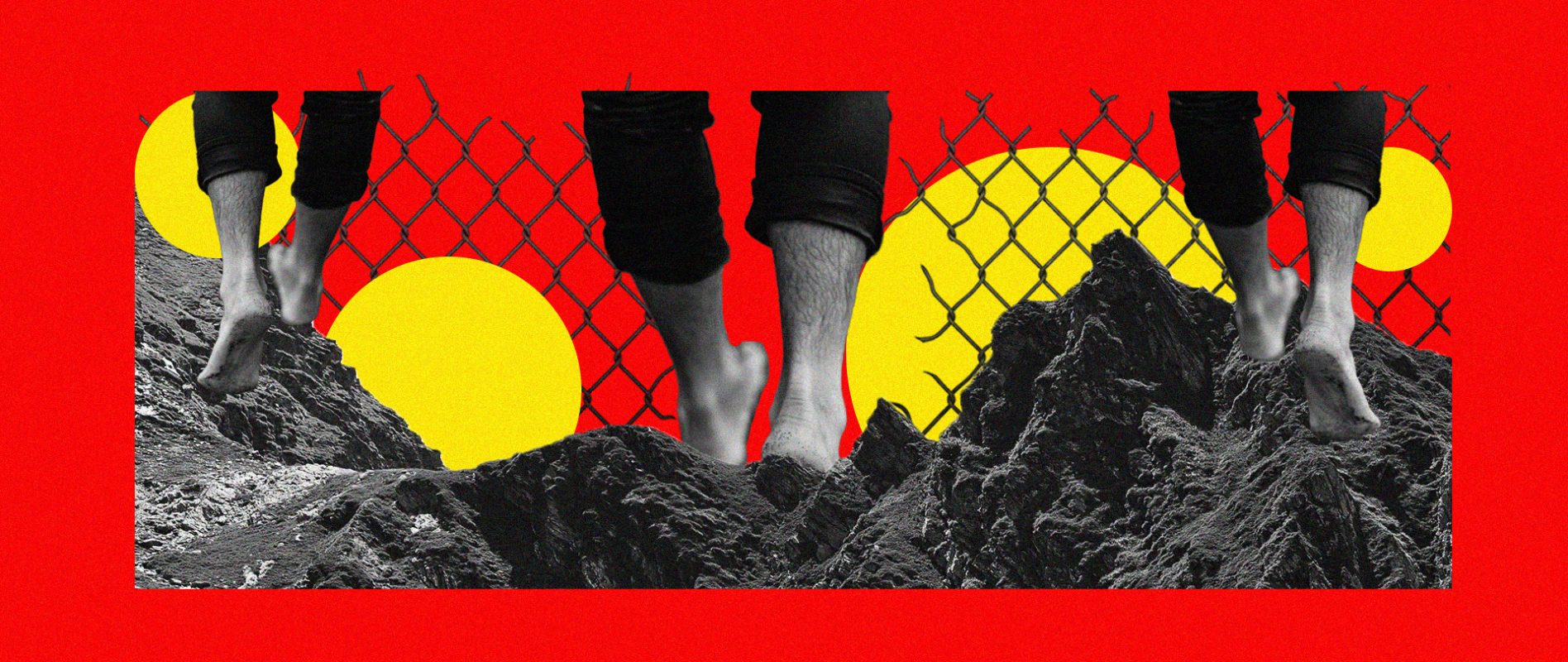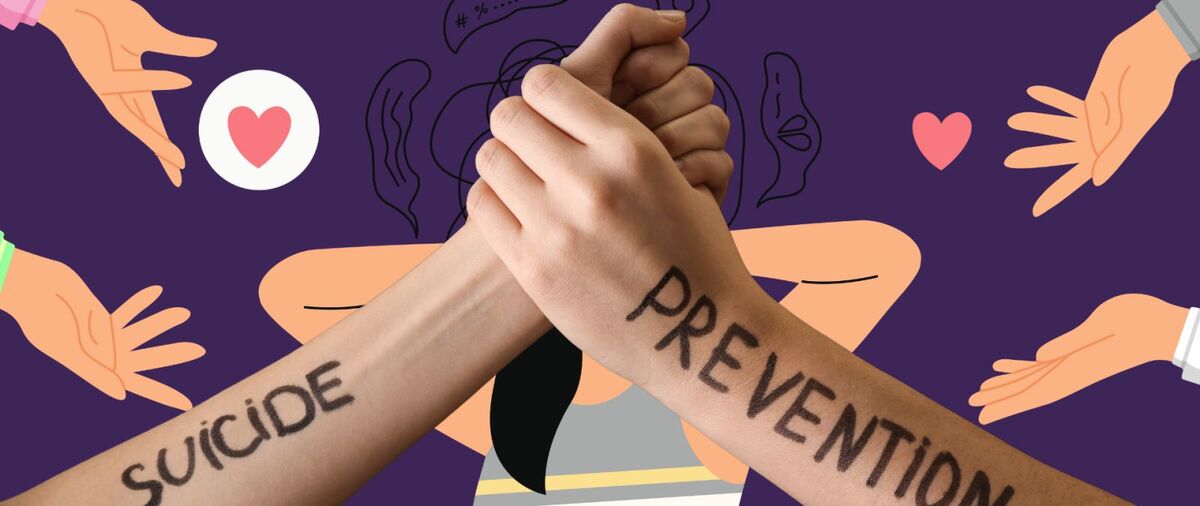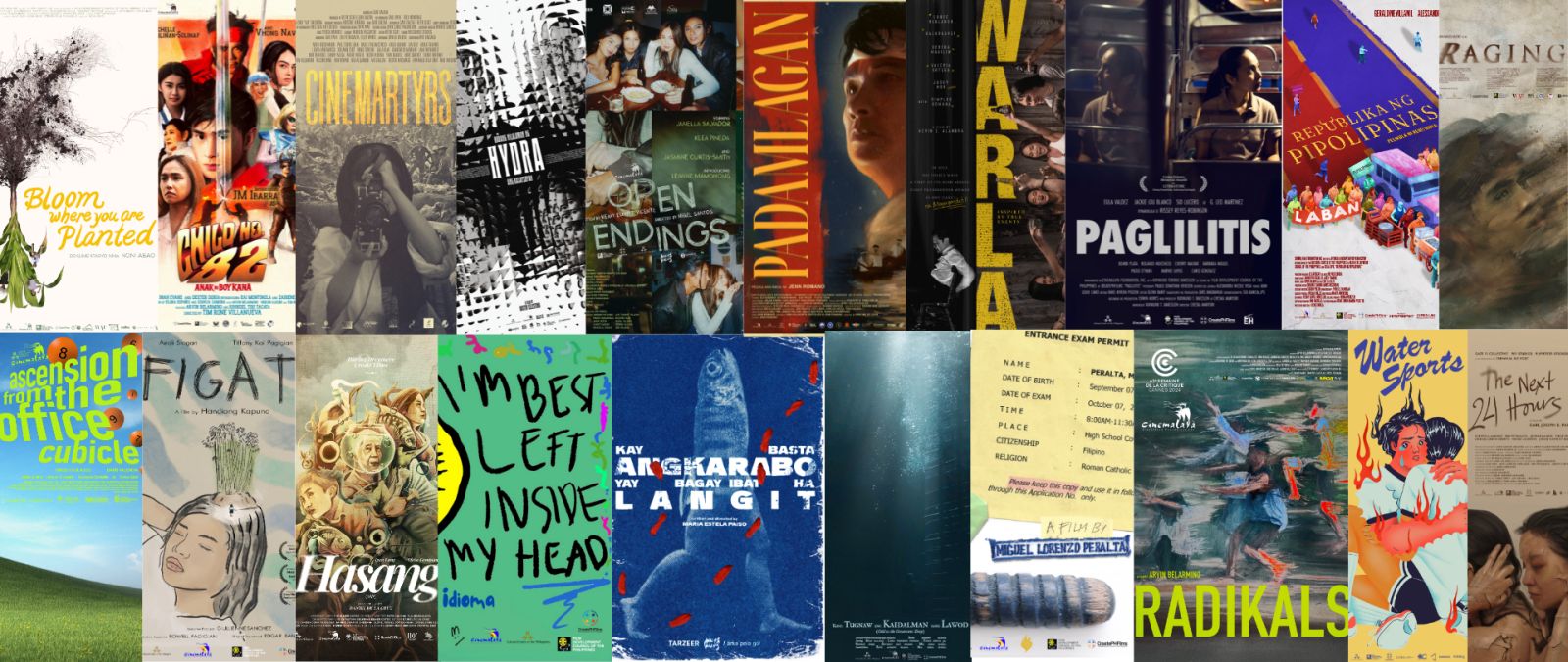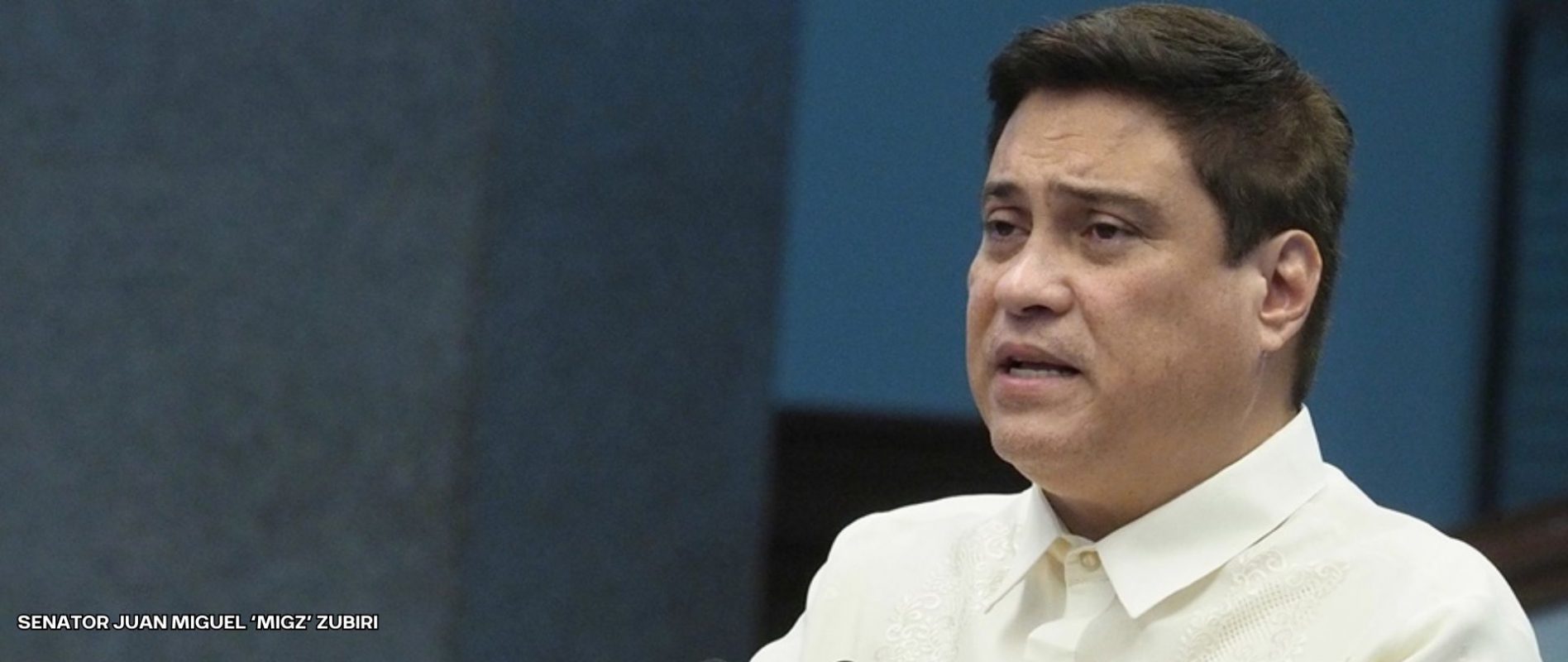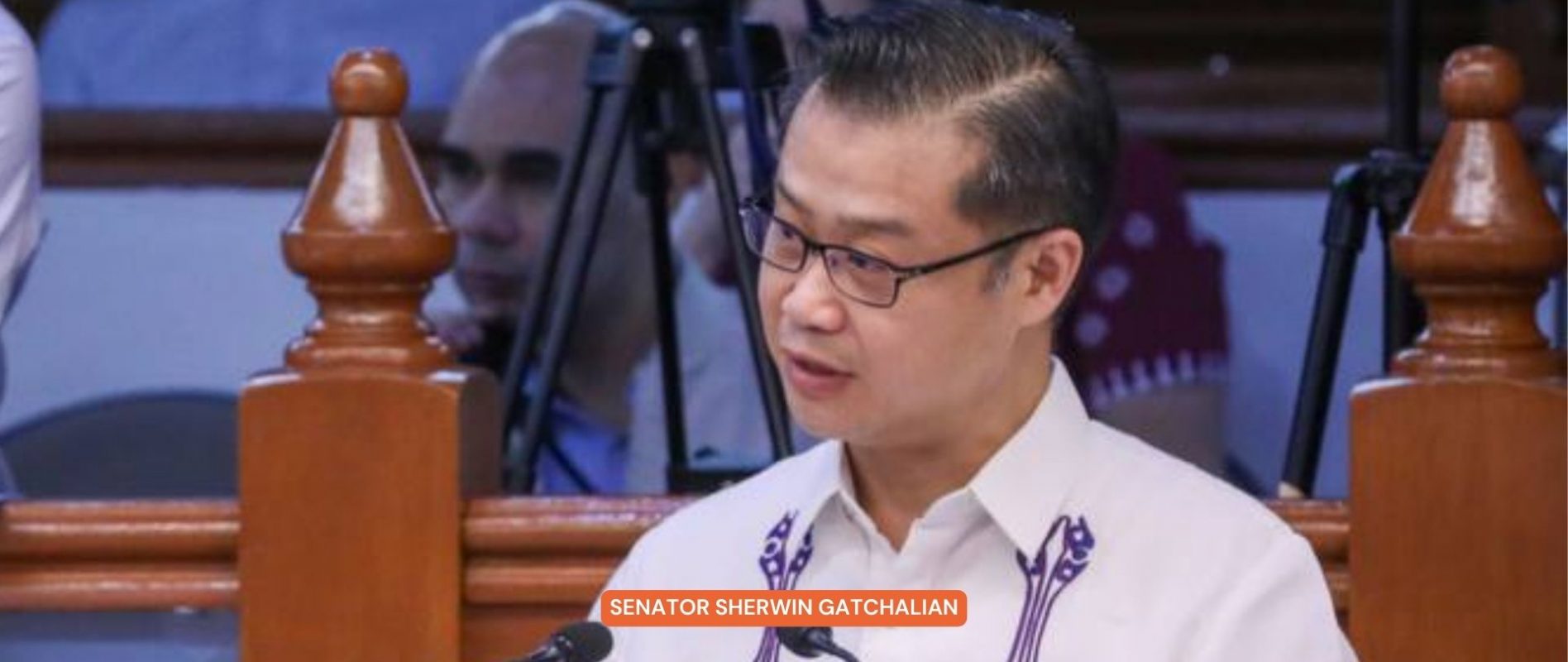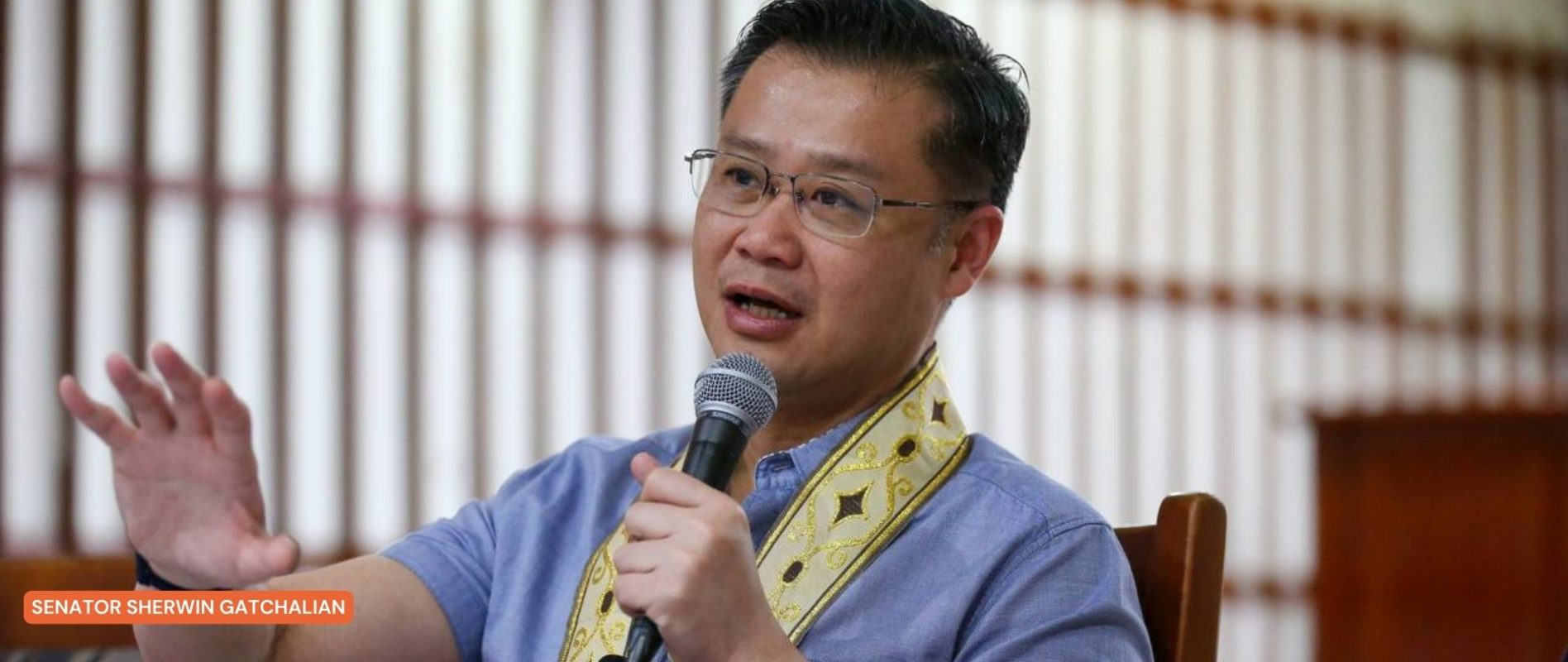#PROTECTSIERRAMADRE: THE PERILS OF THE KALIWA DAM PROJECT AND WHAT THIS MEANS TO ALL OF US
Philippines, a country located along the “typhoon belt”, experiences an average of 20 typhoons annually. Perfect reason for us to protect the mountain range of Sierra Madre. The question is, why aren’t we?
The 540 kilometer mountains of Sierra Madre is considered rich in biodiversity. It is home to some of the Philippines’ most treasured species including the Philippine eagle, giant golden-crowned flying fox, green sea turtle, Philippine crocodile, and whatnot.
Sierra Madre does not only serve those who reside in its lands, but the people who live meters away from it–its mountains protect the Filipinos from the devastating effects of typhoons.
In 2009, tropical storm “Ketsana,” locally known as Bagyong Ondoy swept across Metro Manila and its neighboring provinces in Luzon. The storm could have been the world’s strongest and most devastating typhoon if not for the tall mountains of Sierra Madre.
An average of 20 typhoons pass through the Philippines yearly, and scientists claim that greenhouse gas emissions are causing climate change which contributes to stronger typhoons due to higher sea surface temperatures.
In November 2020 alone, two strong typhoons have destroyed and drowned some areas in Luzon consecutively. Typhoons Rolly and Ulysses left some of the Filipinos empty-handed and scared.
With all these in mind, we now have more reasons to take care of the Sierra Madre mountains, and protect it from projects such as Kaliwa Dam.
THE KALIWA DAM PROJECT
As the dangerous impact of climate change continues to unfold across the globe, the Philippines has to face longer dry seasons causing the shortage of water supply specifically in Metro Manila.
As a “long-term” solution, the administration of President Rodrigo Duterte conceived the P12.2 billion Kaliwa Dam Project, with 85 percent set to be funded by the Chinese government through official development assistance formalized during Chinese President Xi Jinping’s visit to the Philippines in 2018. The fulfillment of this is expected to solve Metro Manila water woes by supplying at least 600 million liters of water on a daily basis to residents in the area.
WHAT ENVIRONMENTALISTS THINK
The Kaliwa Dam project may negatively impact the environment and the people who live by the Sierra Madre mountains. According to a report published by the Haribon Foundation, the project would cause an irreversible damage to the environment as the construction will take place in the Kaliwa Watershed, which is a declared forest reserve and national wildlife sanctuary.
“While we recognize that Metro Manila has legitimate concerns on water security, these should not be addressed at the expense of human rights, our environment, Philippine laws and sovereignty,” Haribon says. “The government has the responsibility to protect its people from environmental harm and provide long-term solutions to respond to the needs of all its people, not only in Metro Manila.”
The group added that there are many alternative and more sustainable solutions to water shortage in Metro Manila such as repairing and improving existing dams, protecting and rehabilitating degraded watersheds, and exploring new technologies which will help in recycling water.
THE PEOPLE OF SIERRA MADRE
The group of indegenous peoples who reside by Sierra Madre strongly oppose the idea of building a dam in the area where they source for food, water, and basically everything to get by.
The billion-peso project threatens to displace Filipino tribes in Sierra Madre–the ethnic communities are projected to lose their social structure and control over natural resources. Even if the groups are promised new housing, it may be hard to sustain themselves as Sierra Madre is the only source they have ever known.
“The area will be submerged and people do not understand that this Build, Build, Build and the Belt and Road Initiative, which objectively want to help people, is actually being a road that will pave the way for the extinction of this tribe,” says Save Sierra Madre Network head Fr. Pete Montallana.
Despite numerous oppositions, the national government is still aggressive in its aim to complete the project by 2023.
The strong typhoons and deadly floods will not affect people comfortably living in their snobbish homes, the displacement of indigenous people will not affect those who have butlers and housemaids who can fetch all their needs in the nearby grocery stores.
But a man’s desire to destroy nature for his personal gain may soon wake up in a mountain of dead bodies he constructed by himself.

